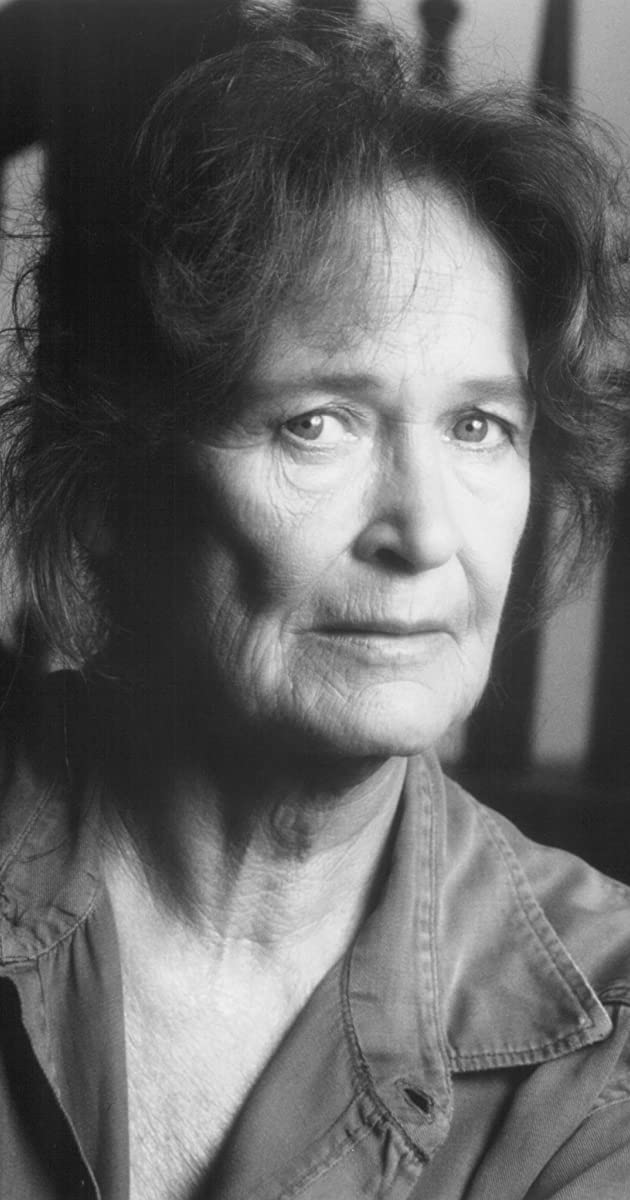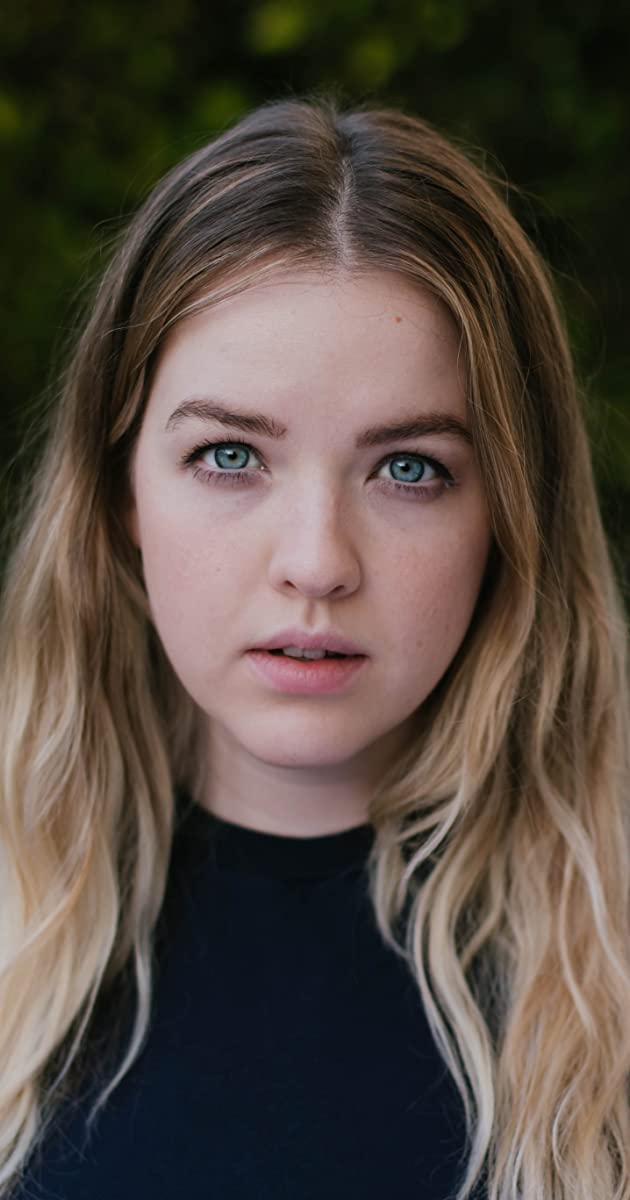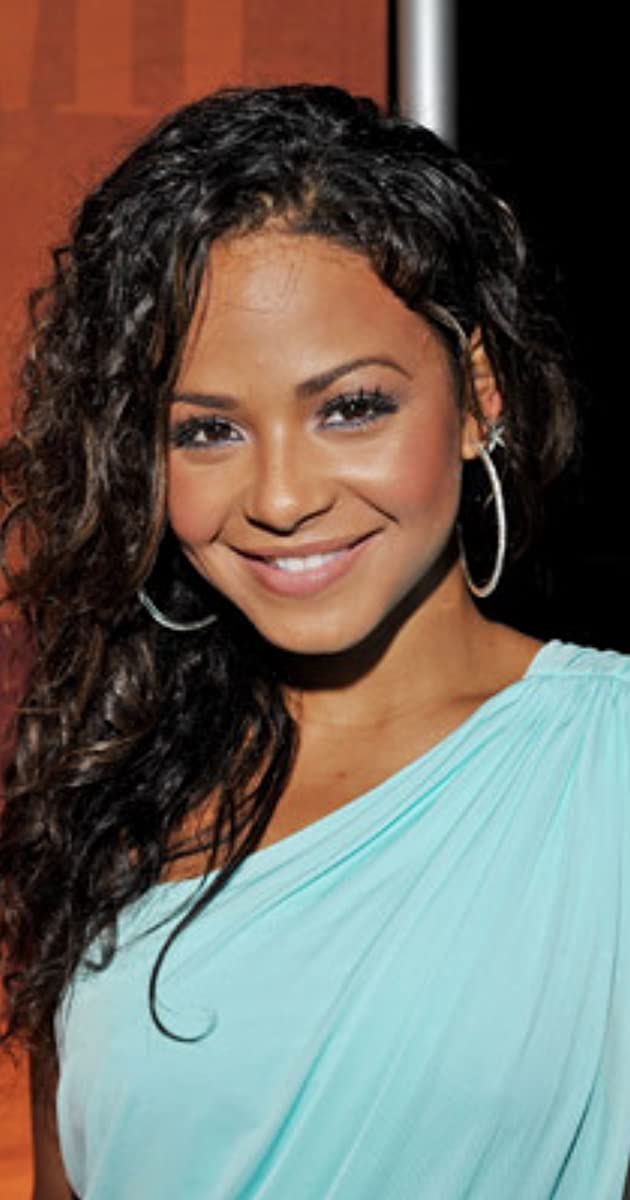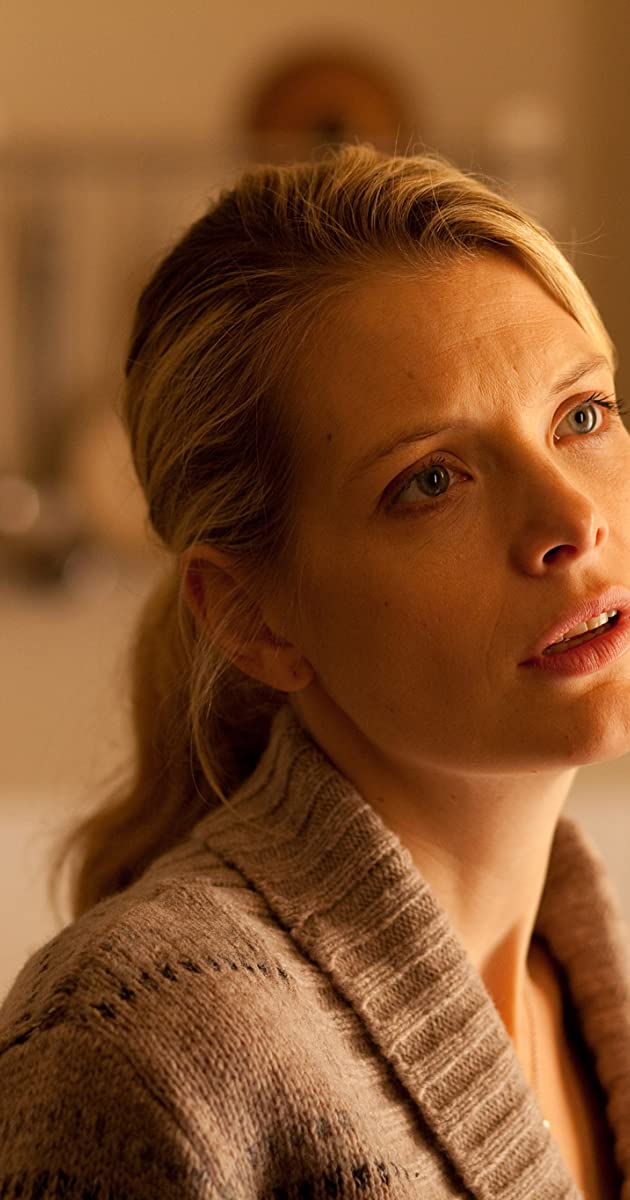
Tall, luminous and leonine, the legendary Colleen Dewhurst must go down as one of the theater’s finest contemporary tragediennes of the late 1900s. With trademark dusky tones and a majestically careworn appearance, she possessed an inimitable down-to-earth fierceness that not only earned her the title “Queen of Off-Broadway” but allowed her to put a fiery and formidable stamp on a number of Eugene O’Neill’s heroines. She was no slouch in the on-camera department, either, reaping trophies for a host of wryly comedic and electrifying dramatic turns on TV. While most of her towering achievements occurred in mid- to late career, she quickly made up for lost time. In addition, she and two-time actor/husband George C. Scott became an acting force together throughout much of the 1960s and early 1970s.
Colleen Rose Dewhurst was born on June 3, 1924, in Montreal, Quebec, the only child of Ferdinand Augustus “Fred” Dewhurst, a hockey and football player who later became sales manager of a lighting concern to support his family. Her mother, Frances Marie (nee Woods), a homemaker, was a Christian Science practitioner. Raised in the United States from the age of 13 (mostly in a suburb of Milwaukee, Wisconsin), she graduated from Riverside High School in Milwaukee in 1942 and then enrolled at Milwaukee’s Downer College for Young Ladies. Working such odd jobs as a receptionist and elevator operator in between summer-stock engagements, she prepared for the stage in New York at the American Academy of Dramatic Arts, where she met and later married fellow acting student James Vickery in 1947. She also took up studies with such illustrious teachers as Harold Clurman and Tyrone Guthrie.
Dewhurst played Julia Cavendish in “The Royal Family” while a student at Carnegie Lyceum in 1946. However, it took six years for her to make her professional debut at the ANTA in New York with a small dancing role in O’Neill’s “Desire Under the Elms” (1952). In 1963, she won an Obie Award in the same play’s leading role, Abbie. She built up her esteemed resumé gradually. In 1956 Joseph Papp featured her strongly at his New York Shakespeare Festival with roles in “Tamburlaine the Great”, “Titus Andronicus”, “Camille” (title part), “The Taming of the Shrew” (as Kate), and “The Eagle Has Two Heads”. She won another Obie Award for her combined performances in the last three productions mentioned. The following year she portrayed Lady Macbeth in “Macbeth” and Mrs. Squeamish in “The Country Wife”.
Dewhurst divorced her first husband, actor James Vickery in 1959 after meeting George C. Scott during the 1958 run of Broadway’s “Children of Darkness”, for which she won a Theatre World Award. Scott divorced his wife to marry Dewhurst in 1960 (ex-husband Vickery later married actress Diana Muldaur). Scott and Dewhurst had two children, Alexander Robert Scott (“Alex”) and Campbell Scott.
Dewhurst’s signature O’Neill role was that of Irish-American Josie Hogan in “The Moon for the Misbegotten”. She first played the part in 1958 in Italy, then tackled the role again in 1965 in a production in Buffalo, New York. The third time was the charm when she recreated the role on Broadway in December of 1973 at age 49, not only earning the coveted Tony Award (her second), but the Los Angeles Drama Critics and Sarah Siddons awards as well. Over the years, O’Neill’s plays would benefit greatly from her searing, impassioned performances, which included Sara in “More Stately Mansions,” Christine Mannon in “Mourning Becomes Electra,” Mary Tyrone in “Long Day’s Journey Into Night,” Essie Miller in “Ah, Wilderness!” and, of course, Abbie Putnam in “Desire Under the Elms”. In 1987, she portrayed Carlotta Monterey O’Neill (Eugene’s wife) in an acclaimed one-woman show, “My Gene”, in New York.
Throughout the 1960s and early 1970s, Dewhurst became a frequent contender at the Tony Awards ceremonies. She won her first Tony for James Agee’s “All the Way Home” in 1960, and went on to be nominated for “Great Day in the Morning” (1962), “The Ballad of the Sad Café” (1963), “More Stately Mansions” (1967), “All Over” (1971), “Mourning Becomes Electra” (1972) and “Who’s Afraid of Virginia Woolf?” (1976). One of her few career failures was directing the Broadway production of “Ned & Jack”, which opened and closed the same night on November 8, 1981. Very much a theater activist, she joined several advisory boards in her time and became president of the Actor’s Equity Association in 1985, serving until her death six years later.
While Dewhurst and then-husband Scott were heralded for their explosive appearances together on stage (“Desire Under the Elms” [both won Obies], “Antony and Cleopatra,” “The Lion in Winter”), film (The Last Run (1971)) and TV (The Crucible (1967)), the couple’s personal relationship was equally turbulent. Separated in 1963 and divorced in 1965, they remarried two years later. After appearing together in “The Last Run”, Scott and Dewhurst parted ways again when he took up with another actress from the movie, Trish Van Devere, whom he later married. Scott and Dewhurst had two sons together and remained amicable.
Preferring the stage, Dewhurst was vastly underused on the big screen. Despite showing Hollywood her potential on film with a small but spectacular, spine-tingling role as an asylum patient who nearly does in poor Audrey Hepburn in The Nun’s Story (1959), she offered only a sprinkling of film roles over the years–Confessions of a Counterspy (1960), A Fine Madness (1966), The Cowboys (1972), McQ (1974), Ice Castles (1978), When a Stranger Calls (1979), Tribute (1980), The Dead Zone (1983), The Boy Who Could Fly (1986), Termini Station (1989) and Dying Young (1991).
Better utilized on TV, the multiple Emmy Award winner appeared delightfully as Candice Bergen’s brash worldly mother on the popular Murphy Brown (1988), earning two of her Emmy statuettes. The other two came for her strong supporting performances in the mini-movies Between Two Women (1986) and Those She Left Behind (1989). In 1985, she played Marilla Cuthbert in Kevin Sullivan’s strong adaptation of Anne of Green Gables (1985) and continued her role in the mini-movie Anne of Green Gables: The Sequel (1987). She graced Sullivan’s series Road to Avonlea (1990) with the same character in a recurring format. Sadly, Dewhurst died before her role could be written out of the show properly. A touching death scene was edited into one episode as a tribute.
Diagnosed with cervical cancer, Colleen’s fervent Christian Science beliefs led her to refuse any kind of surgical treatment. She died at age 67 at the pet-friendly South Salem, New York, farmhouse she shared with her companion (since 1974), producer Ken Marsolais on August 22, 1991. Two months later, her ex-husband George C. Scott starred in and directed a production of “On Borrowed Time”, dedicating the show to her memory. Both of their sons, Alexander Robert Scott (“Alex”) and Campbell Scott entered the entertainment field. Alex became a theatrical manager and writer, while Campbell has appeared on stage and in films. He appeared with his mother on Broadway in “Long Day’s Journey Into Night” and “Ah, Wilderness!” (both by Eugene O’Neill) in the late 1980s, and in the film “Dying Young (1991)” (one of her last performances).
Her autobiography, incomplete at the time of her death (she had been working on it for nearly 15 years), finally arrived in bookstores in 1997, six years after her death.


